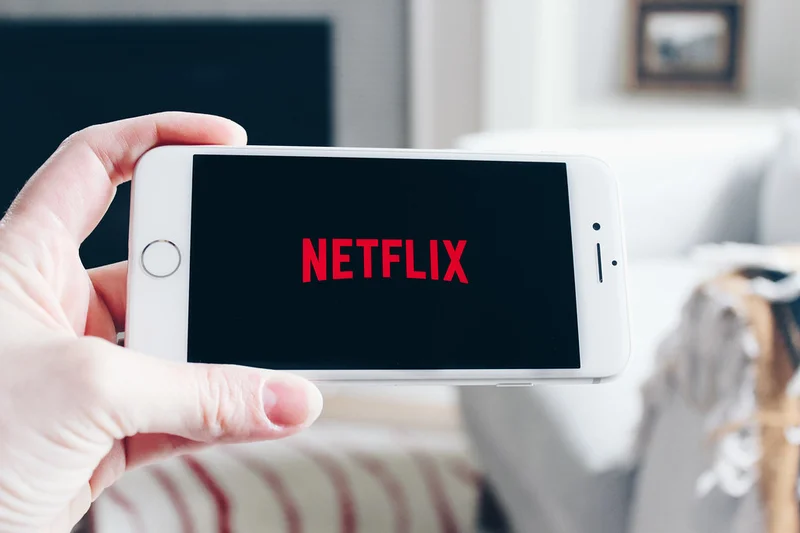Netflix's Stock Split: A Data Analyst's Reality Check
Netflix is splitting its stock 10-for-1. The financial press is predictably excited. But before you jump in, let's dissect what this really means, beyond the headlines.
Parsing the Split: Beyond the Hype
The core argument floating around is that the split makes the stock more "accessible" to retail investors. Shares trading at $1,100 are less palatable than shares trading at $110. Psychologically, sure. But let's be clear: a stock split is purely cosmetic. It's like exchanging a $10 bill for ten $1 bills. You still have ten bucks. The market cap—the total value of the company—doesn't magically change.
Some point to historical data suggesting companies that split their stock see positive returns afterward. There's a correlation, perhaps, but correlation isn't causation. These companies often split after a period of strong growth. The growth, not the split, is the real driver.
Netflix's Q3 earnings were respectable. Revenue jumped 17.2% year-over-year to $11.5 billion. They're touting their highest quarterly market share in the US and UK. Original programming and events, like the Canelo vs. Crawford fight, are driving viewership. And they have 300 million paid memberships. It all sounds great.
But let's dig a little deeper.
The Valuation Question: Are You Overpaying?
Netflix's forward price-to-earnings (P/E) multiple sits around 37. That's the price you're paying for every dollar of future earnings. The S&P 500 averages a forward P/E of 22. Even Nvidia, the darling of the AI boom, trades at a forward P/E of just 30 (despite growing net income by 59% in the last quarter!).
Netflix's net income grew by only 8% year-over-year in Q3 (reaching $2.5 billion). So, you're paying a premium for slower growth. The bull case rests on their long-term potential in emerging markets and the success of their ad-supported tier.

They claim advertising revenue is on track to more than double in 2025. That sounds impressive, but they also admit it's coming from a "relatively small" base. Double a small number, and you still have a small number. They boast 190 million monthly active viewers on the ad-supported tier. But how much revenue is that actually generating per user? They conveniently don't disclose that.
And this is the part of the report that I find genuinely puzzling. They're aggressively pushing this ad-supported model, but they're being incredibly cagey about the actual financial impact. Are they afraid to reveal the numbers because they're not as impressive as the hype suggests?
The geographic breakdown is also interesting. The US and Canada grew 9%. Europe, the Middle East, and Africa grew 16%. Latin America and Asia-Pacific are the stars, growing 27% and 26%, respectively. But those regions contribute significantly less revenue overall. You can't extrapolate the growth in smaller markets to offset slower growth in larger, more established ones.
They're touting the final season of "Stranger Things" as a catalyst for subscriber growth. Sure, there might be a temporary bump. But how many of those subscribers will stick around after the nostalgia wears off? And frankly, relying on a single show to drive growth is a risky strategy. What happens when the next big hit doesn't materialize?
One could argue that Netflix isn't as expensive as some AI-driven stocks or even consumer staples like Costco (which trades at 42 times forward earnings). But that's a weak argument. Just because something else is overvalued doesn't make Netflix a bargain.
Betting on Hype, Not Data
Netflix has a solid business model and a strong position in the streaming market. But at a forward P/E of 37, you're paying a hefty premium for future growth that isn't guaranteed. The stock split is a distraction, a shiny object to lure in retail investors. Don't fall for it. Look at the underlying numbers, and ask yourself if you're really getting a good deal.
